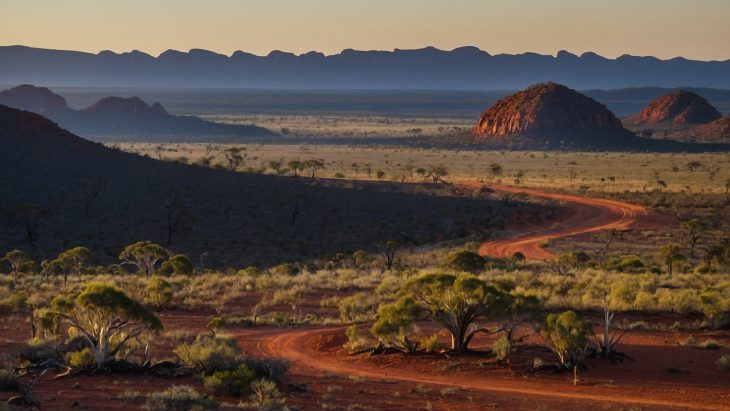
Ever wondered what creatures call the Australian Outback home? This vast, rugged landscape isn’t just a barren desert; it’s teeming with life, from the iconic kangaroo to the elusive bilby. Imagine spotting a dingo prowling under the scorching sun or a thorny devil blending into the red sands. The Outback’s unique environment has shaped some of the most fascinating and resilient animals on Earth. Ready to embark on a journey through this wild terrain? Let’s dive into the world of 20 incredible animals that thrive in one of the harshest habitats on the planet.
1
of 20
Saltwater Crocodile
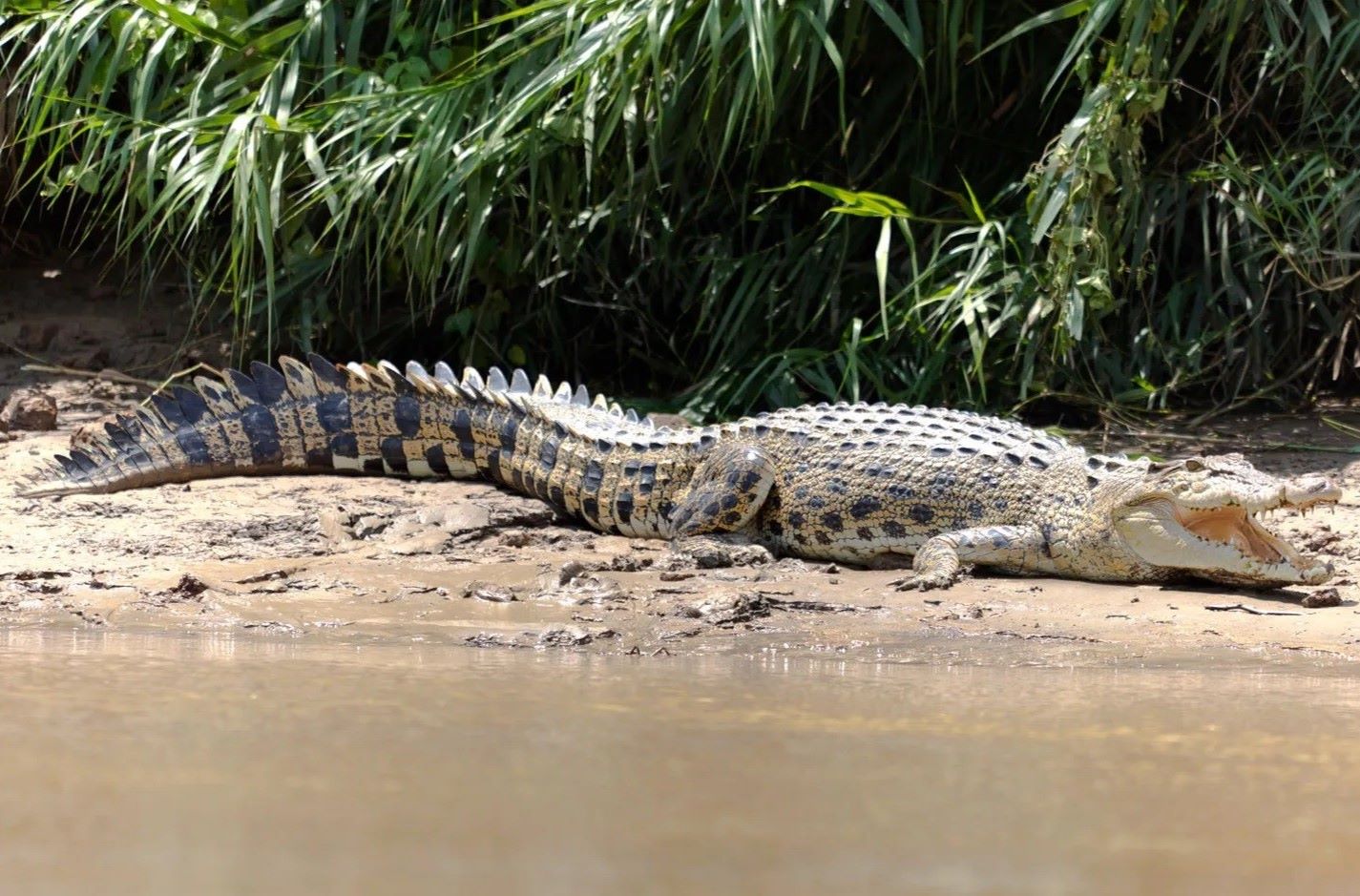
The Saltwater Crocodile is the largest living reptile, inhabiting the Australian Outback’s coastal regions and rivers. It can grow over 20 feet long and is known for its powerful jaws and aggressive behavior. This apex predator preys on a variety of animals, including fish, birds, and mammals. Saltwater Crocodiles are excellent swimmers, capable of traveling long distances in the ocean. They play a crucial role in maintaining the balance of their ecosystem.
Read More About Saltwater Crocodile: 15 Facts About Saltwater Crocodile
2
of 20
Blue Tongued Skink
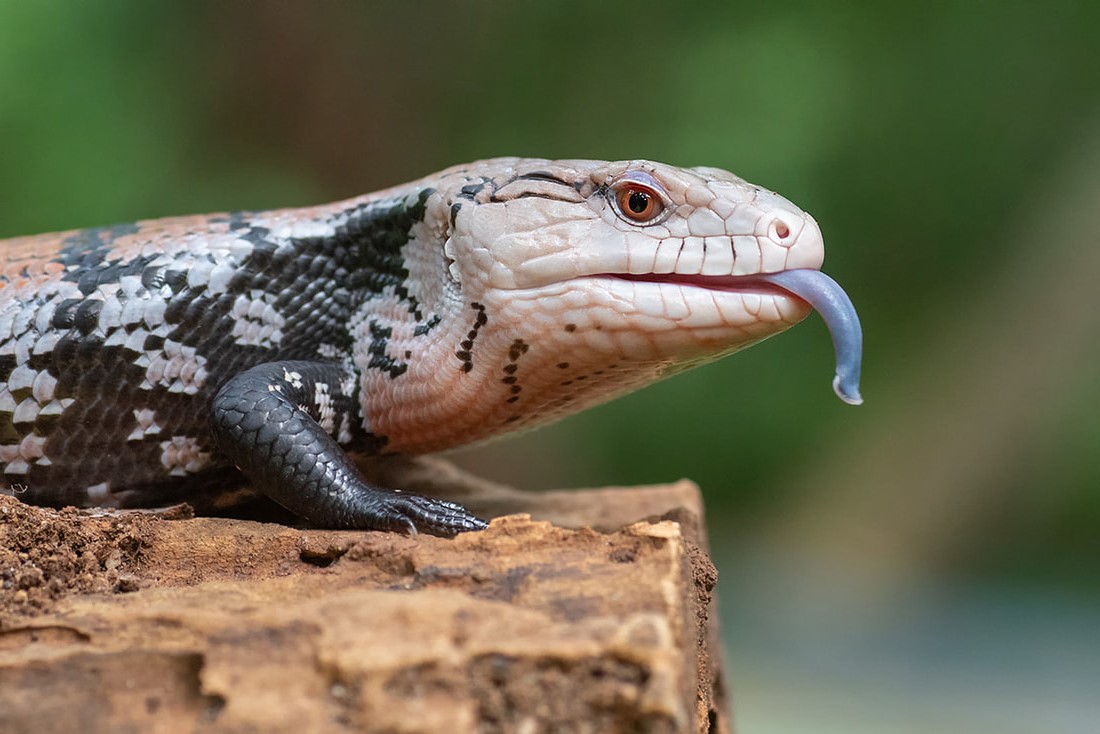
The Blue Tongued Skink is a unique lizard native to the Australian Outback. Recognizable by its vivid blue tongue, it uses this feature to ward off predators. The skink has a broad, flattened body covered in smooth scales, usually brown with lighter stripes. It is omnivorous, feeding on insects, fruits, and vegetation. Blue Tongued Skinks are known for their docile nature and adaptability to various habitats.
Read More About Blue Tongued Skink: 17 Amazing Blue Tongue Skink Facts
3
of 20
Inland Taipan
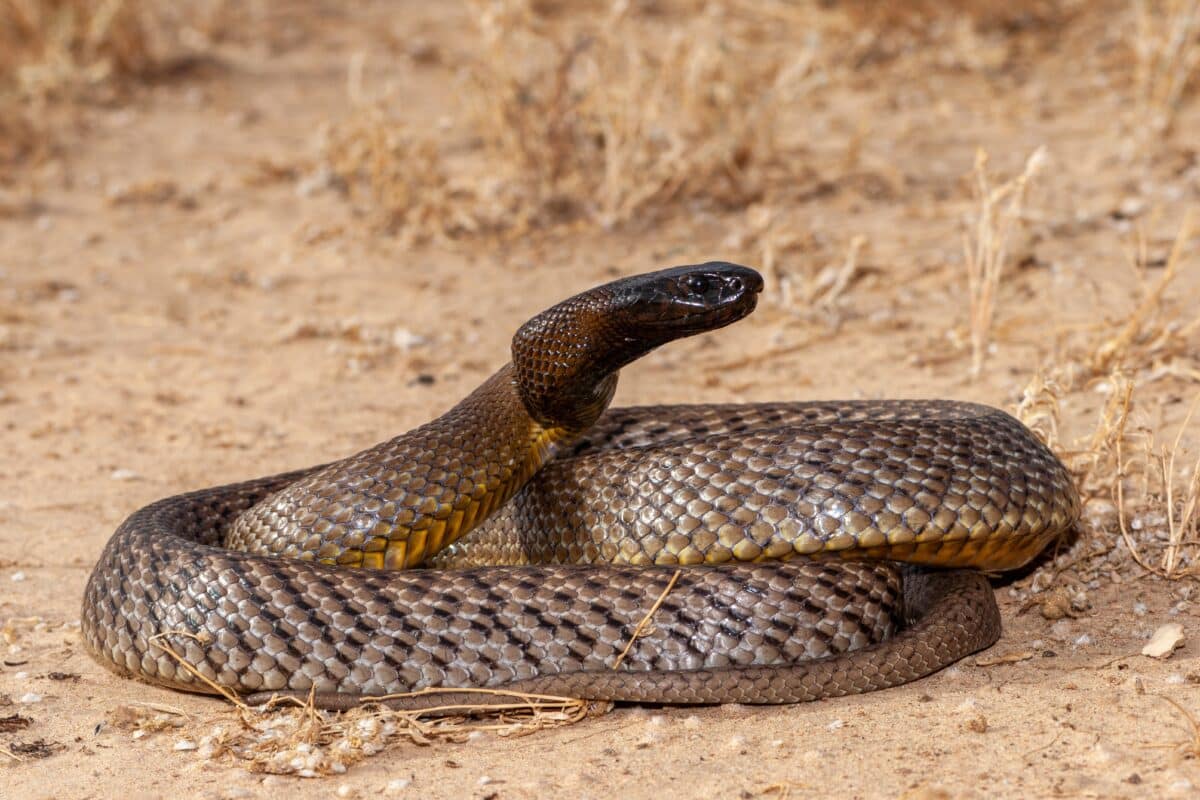
Discover the fascinating Inland Taipan, one of the deadliest snakes in the world. Residing in the vast expanse of the Australian Outback, this serpent boasts potent venom capable of swiftly incapacitating its prey. With a reputation for its lethal bite, understanding its behaviors and habitats becomes crucial for those venturing into its territory. Explore the facts article to uncover more about this remarkable yet dangerous creature.
Read More About Inland Taipan: 11 Intriguing Facts About Inland Taipan
4
of 20
Budgies
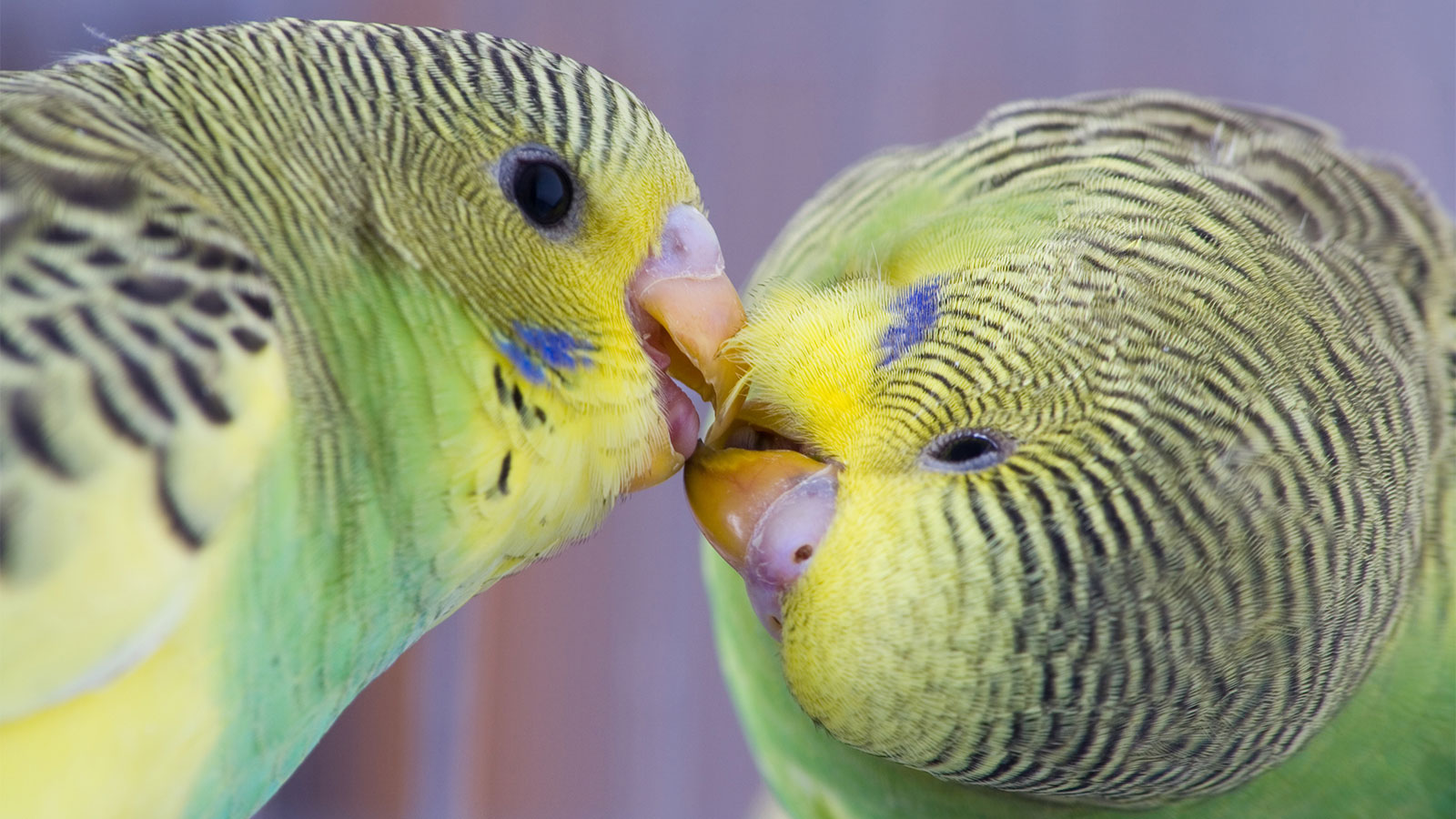
Budgies, or budgerigars, are small, colorful parrots native to the Australian Outback. They have bright plumage, usually green and yellow with black markings. Budgies are highly social and often found in large flocks. They are known for their cheerful chirping and ability to mimic sounds. In the wild, they feed on seeds and vegetation. Budgies are popular pets worldwide due to their playful nature and relatively easy care requirements.
Read More About Budgies: 19 Facts About Budgies
5
of 20
Bearded Dragon
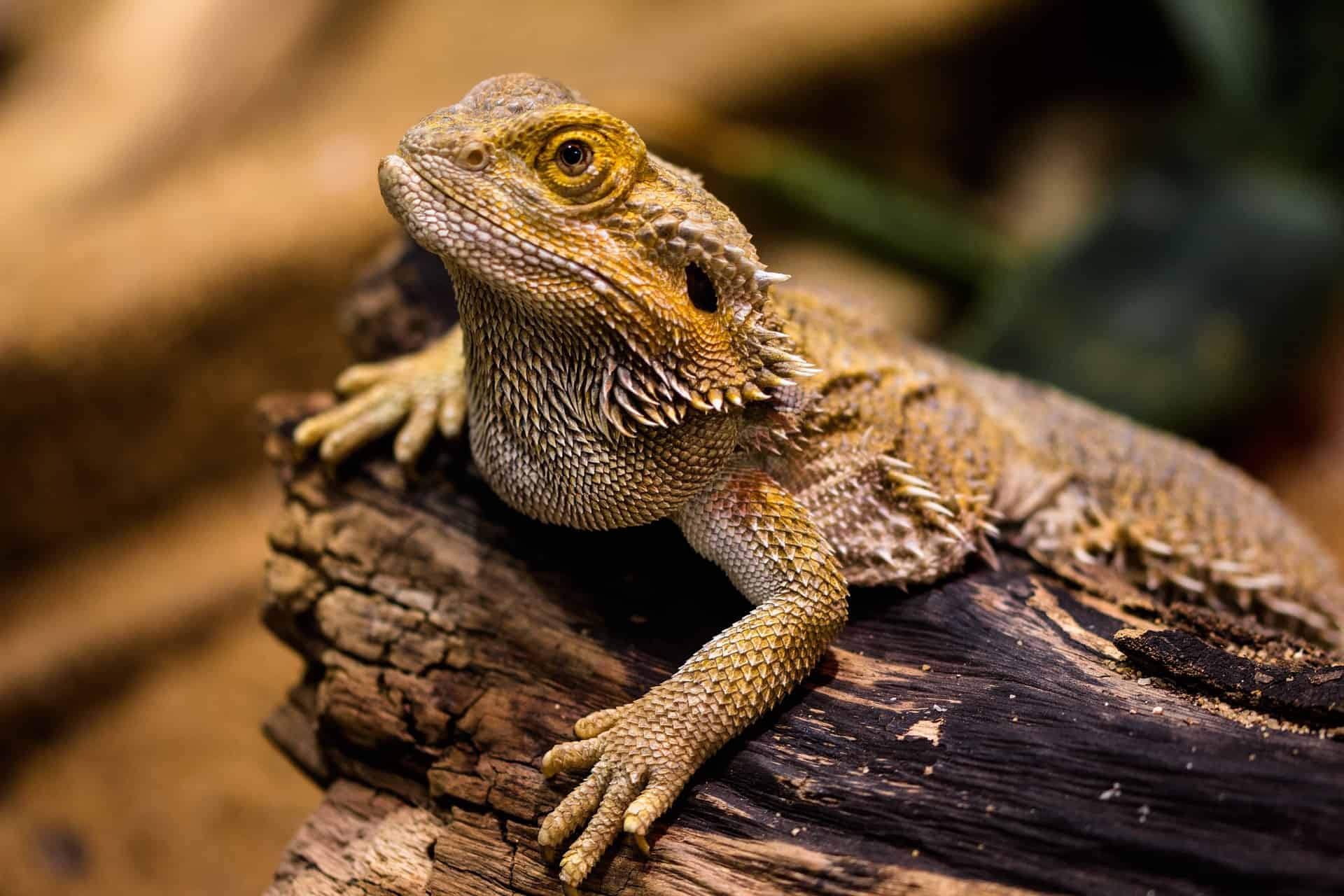
The Bearded Dragon is a common lizard found in the Australian Outback. It is named for the spiky “beard” it displays when threatened. These dragons have a robust, flat body with rough scales, typically colored in shades of brown and gray. They are omnivores, eating insects, small animals, and plants. Bearded Dragons are known for their calm demeanor and adaptability, making them popular pets.
Read More About Bearded Dragon: Bearded Dragon Facts
6
of 20
Woma Python
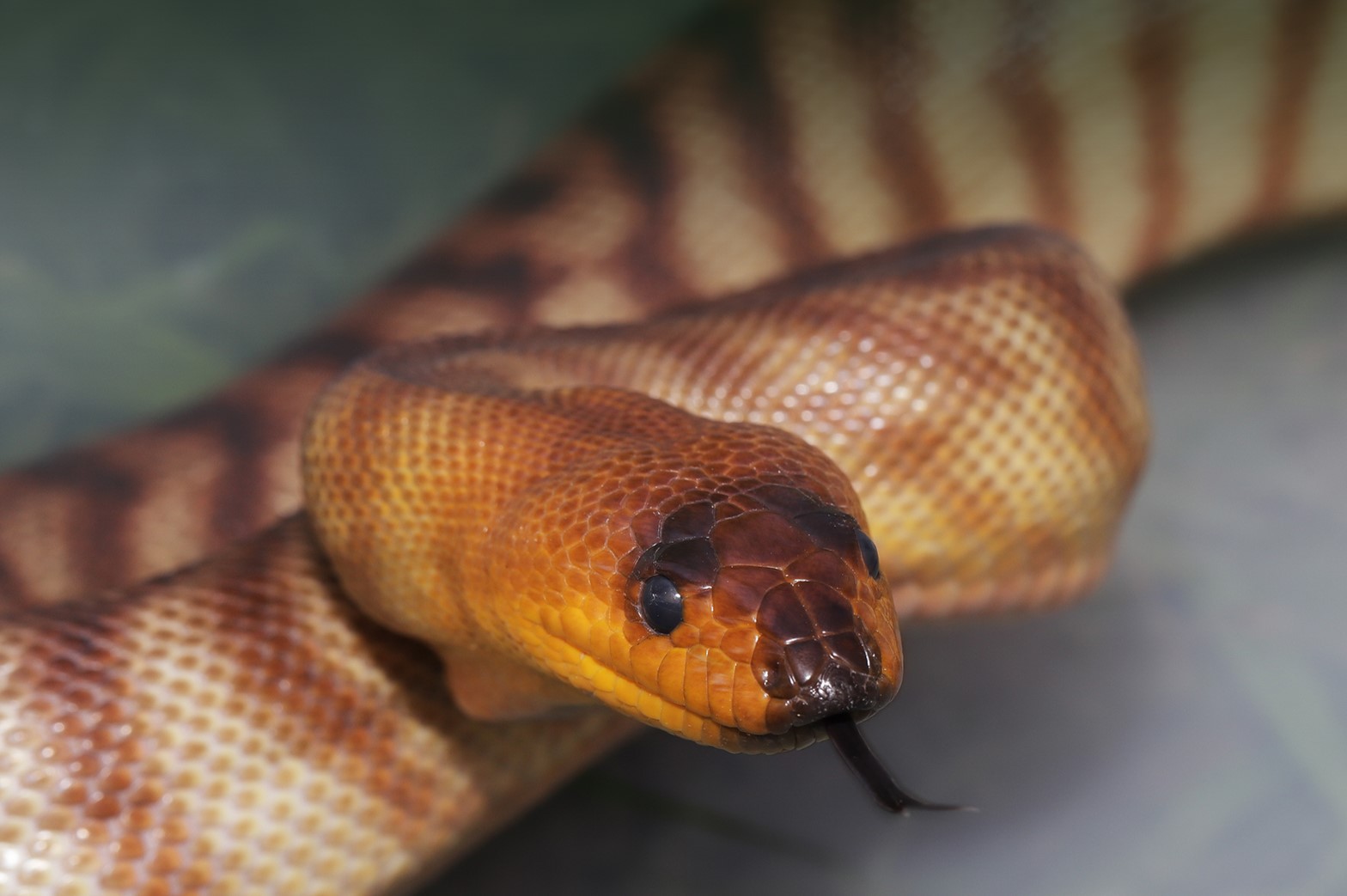
The Woma Python is a non-venomous snake native to the Australian Outback. It features a distinctive pattern of dark and light brown bands. Womas are known for their burrowing behavior, often found in sandy soils and under rocks. They primarily hunt at night, preying on small mammals, birds, and reptiles. This species is known for its gentle temperament and is often kept as a pet. Woma Pythons can grow up to 8 feet long.
Read More About Woma Python: 17 Intriguing Facts About Woma Python
7
of 20
Echidna
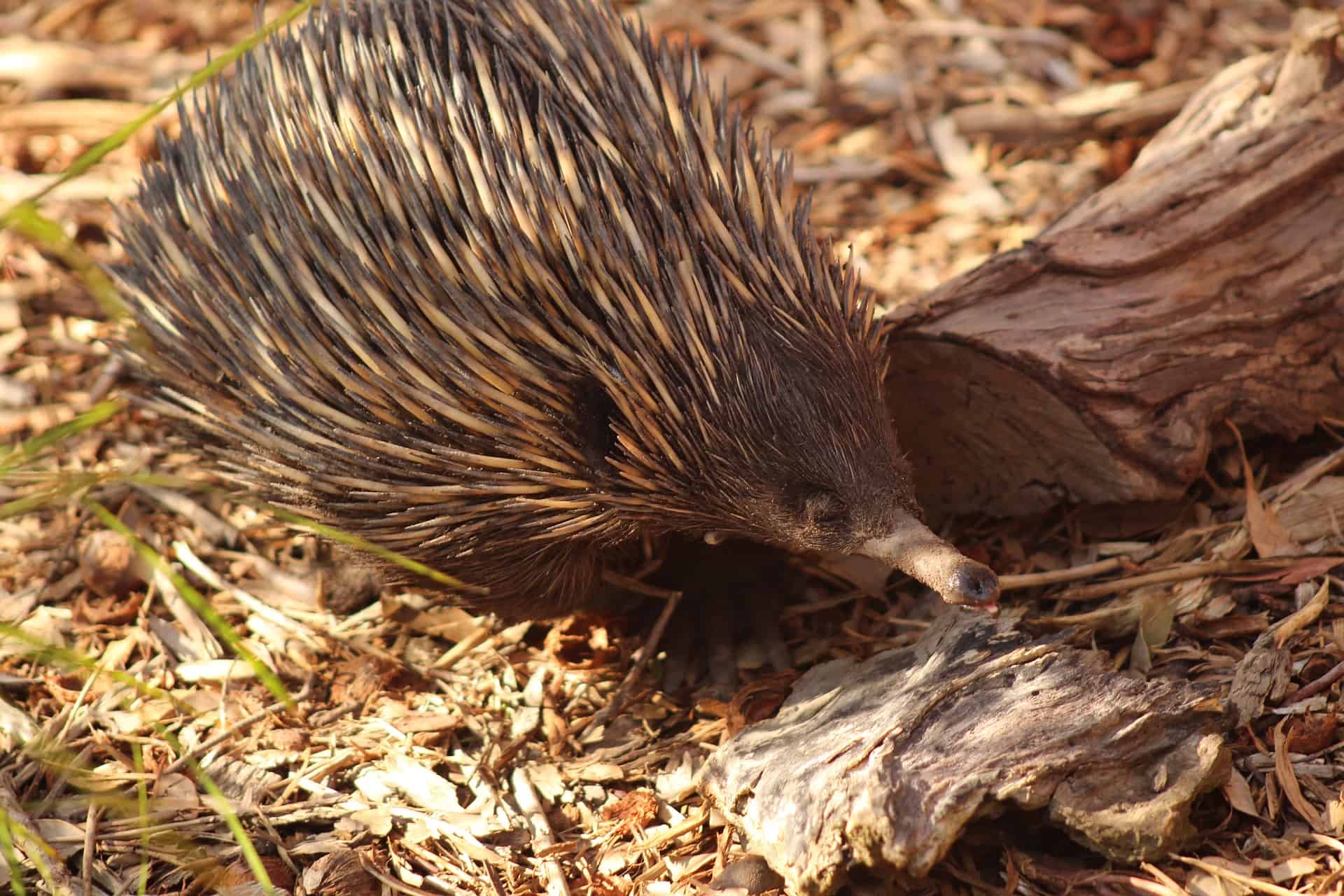
The Echidna, also known as the spiny anteater, is a unique mammal found in the Australian Outback. It has a distinctive appearance with spines covering its back, short limbs, and a long snout. Echidnas are egg-laying mammals, feeding primarily on ants and termites using their sticky tongues. They are solitary animals, known for their burrowing abilities. Echidnas play an essential role in their ecosystem by controlling insect populations.
Read More About Echidna: Echidna Facts
8
of 20
Kangaroo
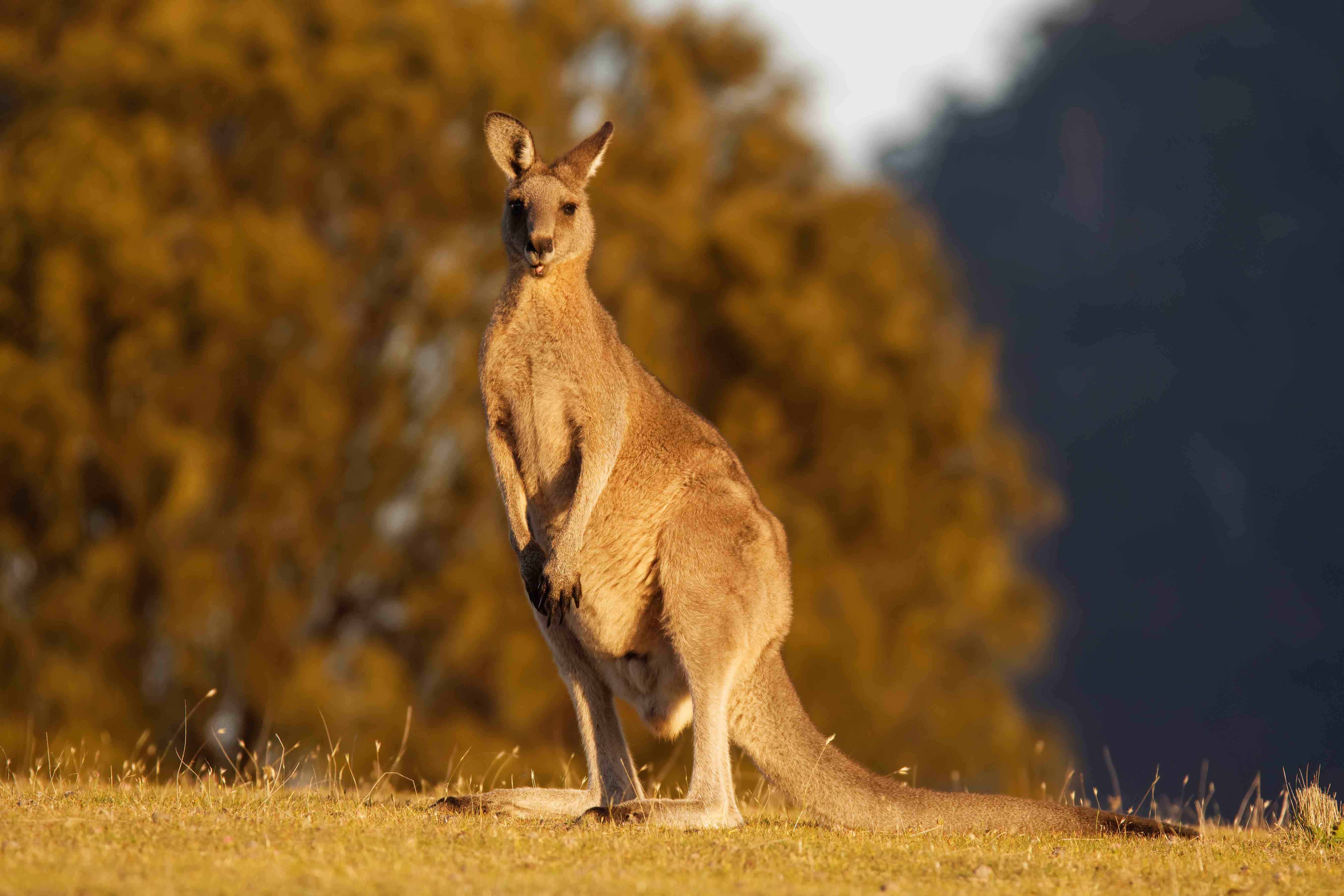
Get ready to be amazed by these fascinating marsupials! Kangaroos are not just the iconic symbol of Australia but are also packed with surprises. They can leap great distances, communicate in unique ways, and even have some quirky dietary habits. With their powerful hind legs and distinctive pouches, kangaroos are built for the rugged Australian Outback. Whether bounding across open plains or resting in the shade, these creatures showcase the incredible adaptability of wildlife Down Under. Curious yet? Dive into these cool kangaroo facts and see why they’re such a hit in the animal kingdom!
Read More About Kangaroo: Kangaroo Facts
9
of 20
Emu
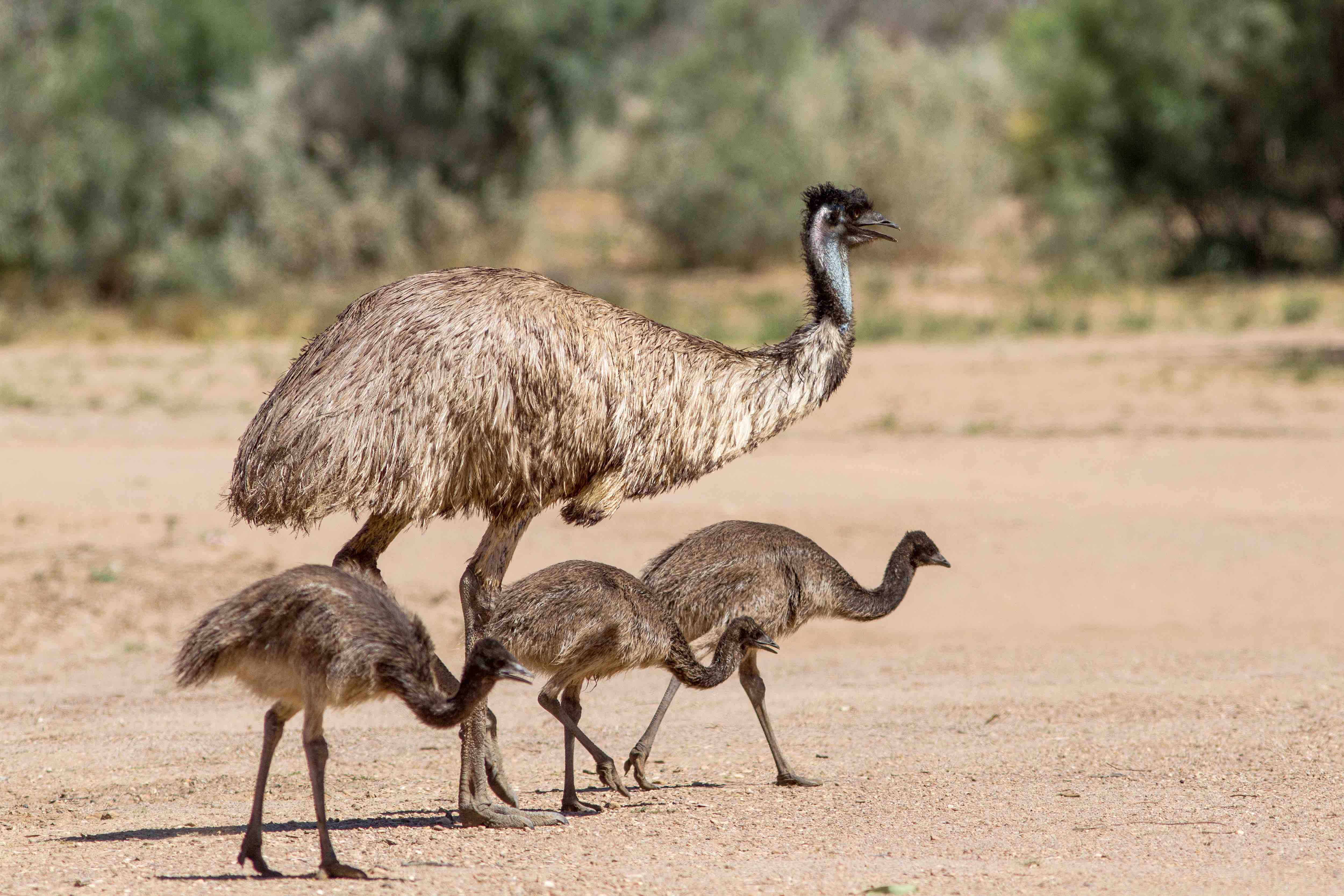
Australia’s iconic bird, the emu, holds a special place in the heart of the outback. With their towering height, long legs, and curious nature, these flightless wonders roam the vast landscapes, offering a glimpse into the wild spirit of the continent. Known for their powerful legs and swift running abilities, emus can travel great distances, thriving in diverse environments. Their unique behaviors, such as synchronized dancing and intriguing vocalizations, make them fascinating to observe. Emus play a crucial role in the ecosystem, helping to disperse seeds across the land. Dive into the captivating world of emus and uncover their remarkable characteristics.
Read More About Emu: Emu Facts
10
of 20
Dingo
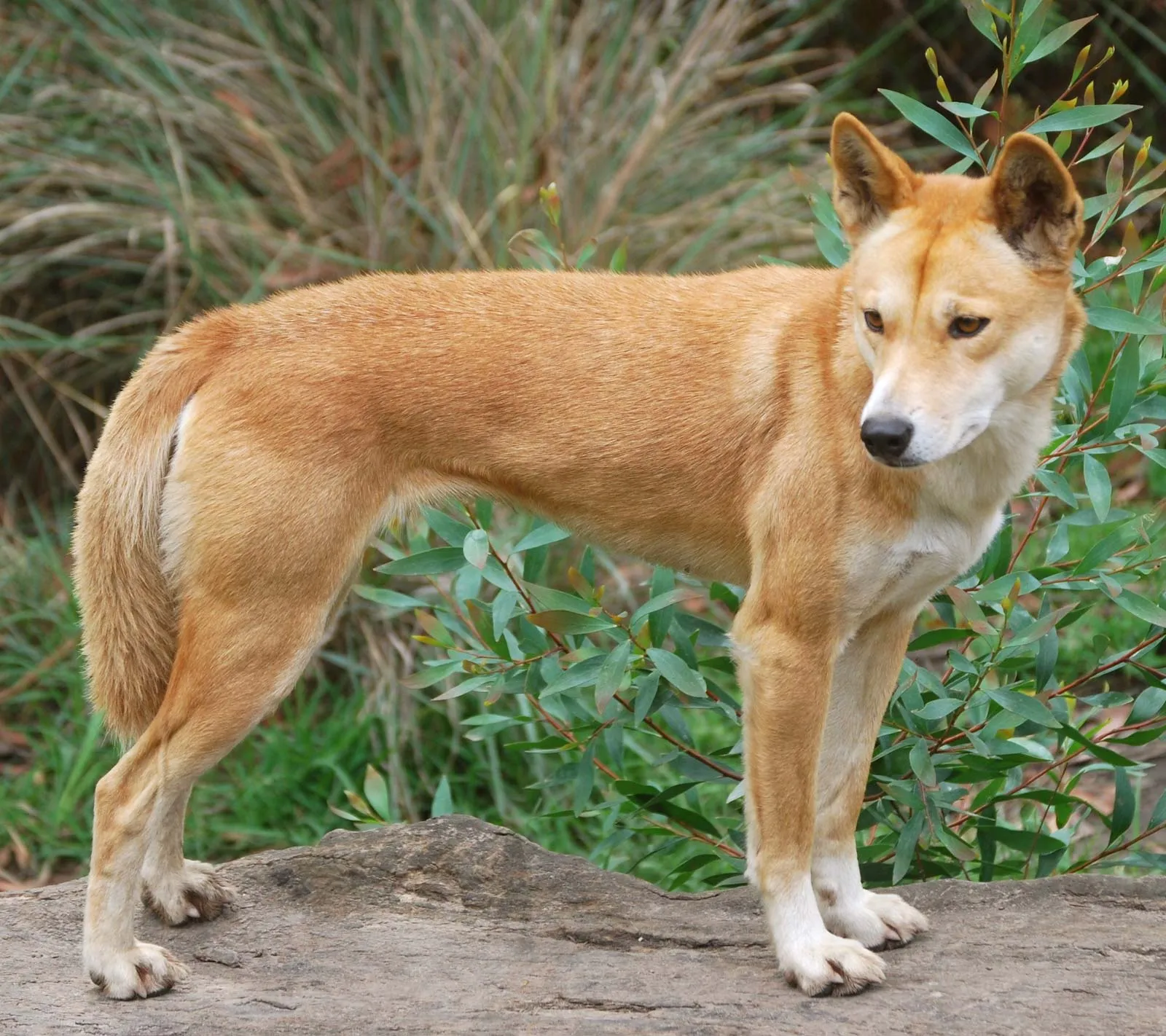
Dingoes are Australia’s wild dogs, roaming the outback with a mix of mystery and allure. These canines straddle the line between domestic dogs and wolves, bringing a unique blend of traits to the table. Masters of adaptability, dingoes survive in deserts, forests, and mountains. Known for their golden fur, they often hunt in packs, showcasing impressive teamwork. Their diet ranges from small mammals to fruits, highlighting their versatility. Dingoes have a rich cultural significance, featuring in Aboriginal legends. Fascinatingly, these creatures play a crucial role in the ecosystem by controlling the population of other animals, maintaining balance.
Read More About Dingo: 20 Facts About Dingo
11
of 20
Koala
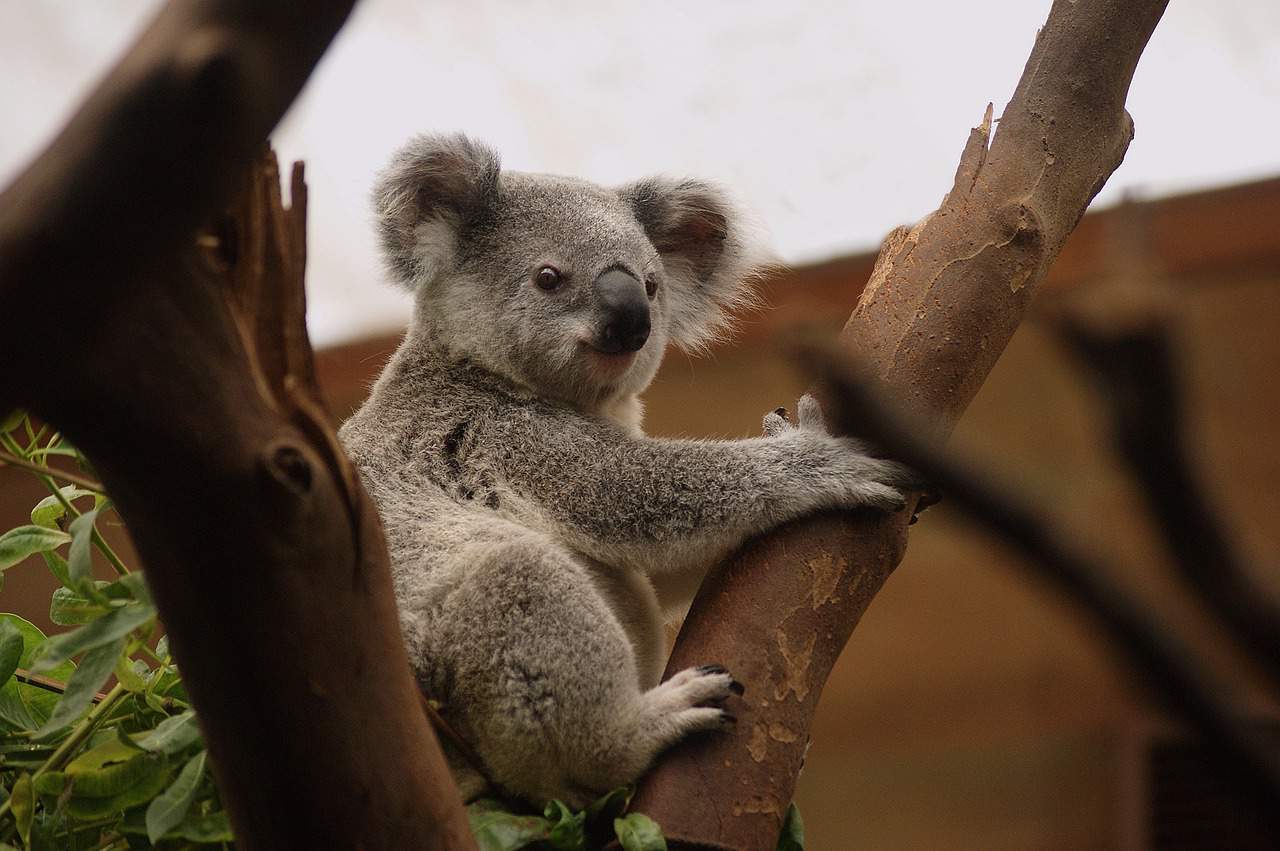
Get ready to dive into fascinating details about one of Australia’s most iconic creatures! Koalas, those adorable eucalyptus-loving marsupials, have some surprising traits and behaviors that make them truly unique. From their specialized diet to their tree-dwelling lifestyle, koalas are packed with interesting quirks. Did you know they sleep up to 18 hours a day or that they have fingerprints similar to humans? This captivating section reveals all the delightful and unusual facts about koalas, offering a deeper understanding of these endearing animals. Discover what makes koalas such cherished wildlife in the Australian Outback.
Read More About Koala: Koala Facts
12
of 20
Wombat
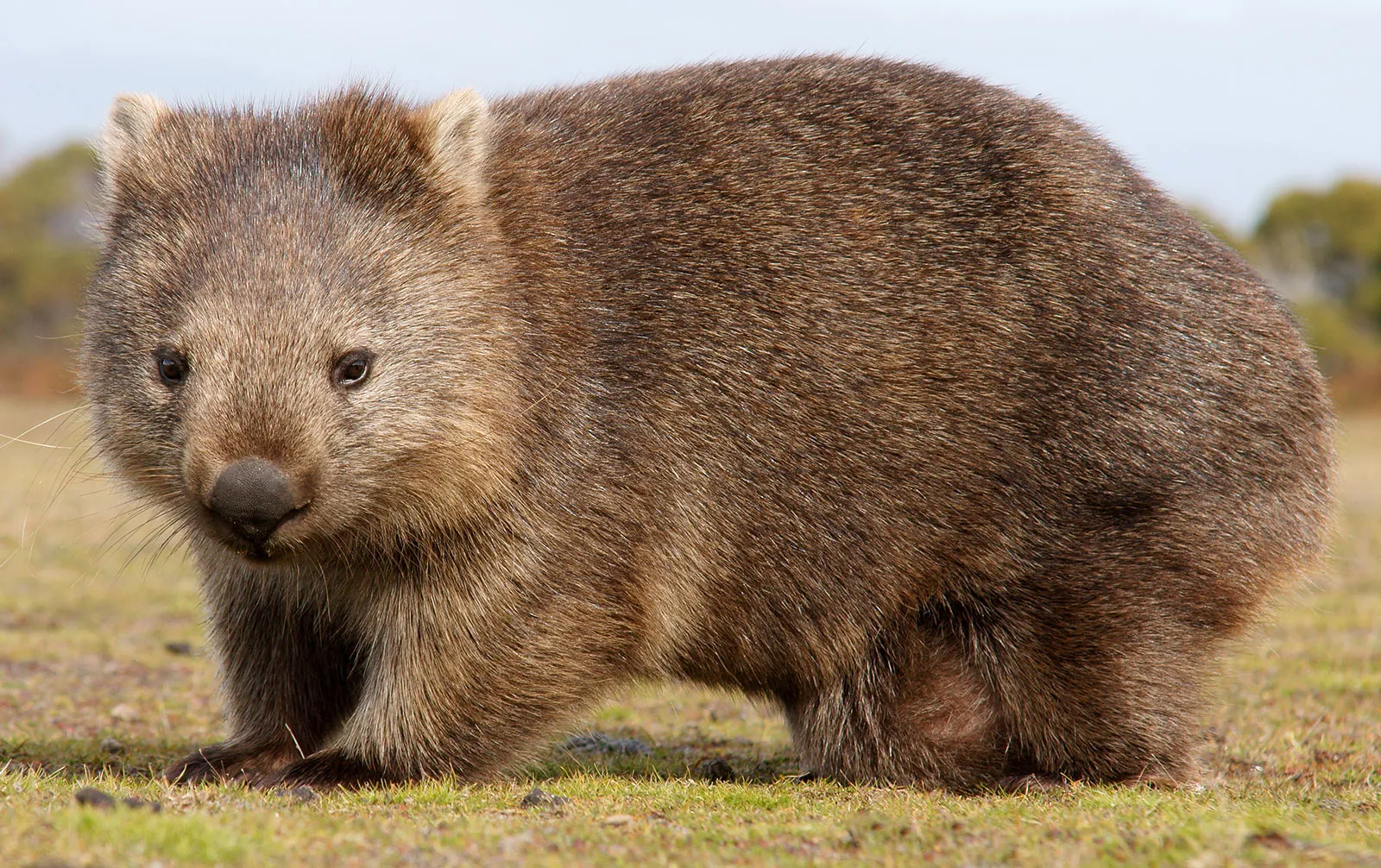
Wombats, those chunky, endearing creatures of the Australian Outback, are a true wonder. They’ve got unique backward-facing pouches, which help protect their young while digging. With their powerful claws, they’re expert burrowers, creating extensive tunnel systems. Interestingly, their poop is cube-shaped, helping it stay put, marking territory effectively. Despite their cuddly appearance, wombats can be quite territorial and tough. They’re mostly nocturnal, grazing on grasses and roots under the cover of night. While not particularly fast, they can run up to 25 miles per hour when threatened. These fascinating marsupials offer endless curiosity to anyone interested in the wilds of Australia.
Read More About Wombat: 20 Facts About Wombat
13
of 20
Thorny Devil
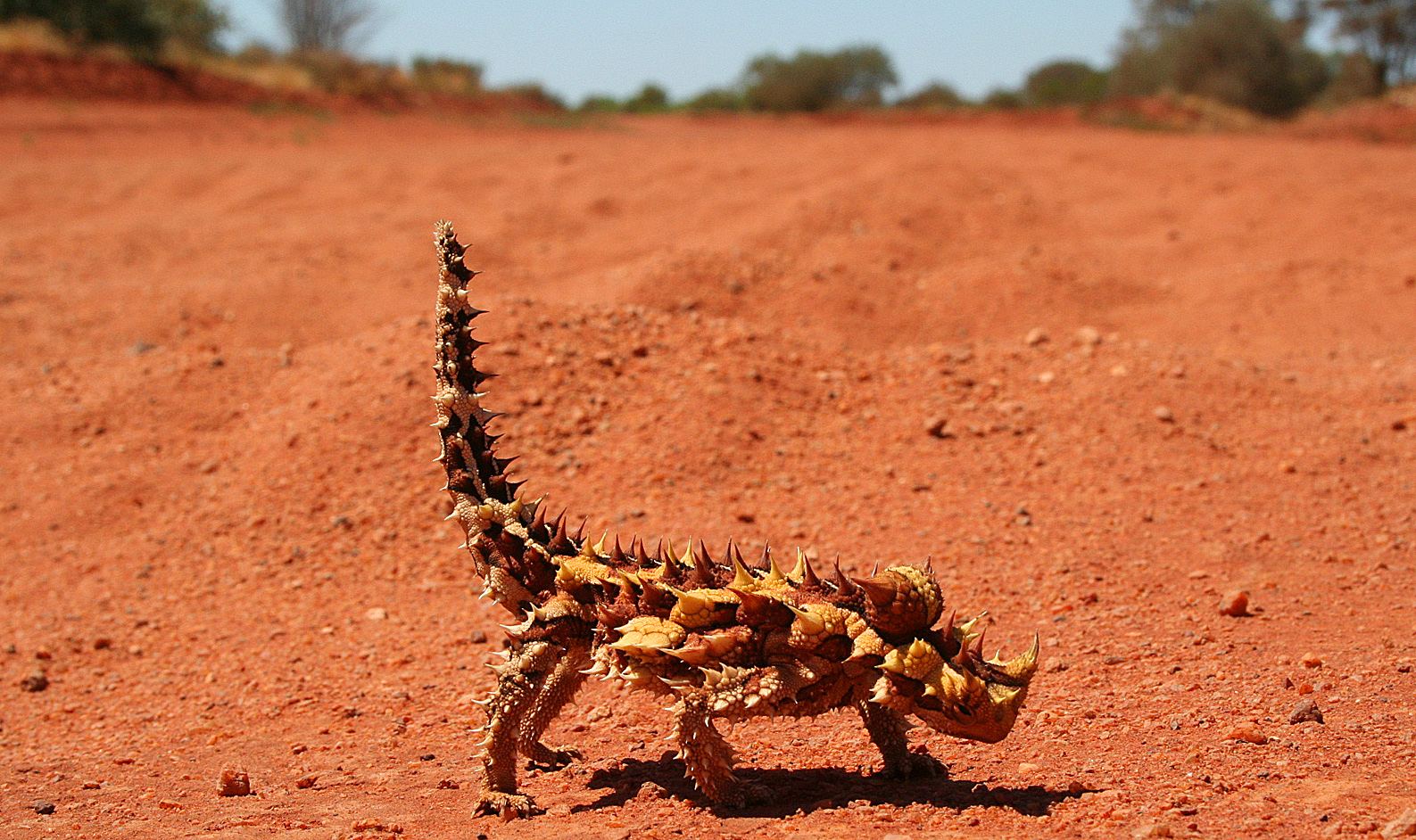
Thorny devils, fascinating reptiles native to the Australian Outback, sport a coat of sharp spikes for protection. They thrive in arid deserts, blending seamlessly into the environment. These creatures primarily feed on ants, using a sticky tongue to capture prey. Despite their fierce appearance, thorny devils are harmless to humans. Their unique walk, resembling a slow, jerky gait, helps avoid predators. Known for their ability to change color depending on temperature, they’re a marvel of adaptability. Kids will love learning about their quirky habits and survival strategies in one of the world’s toughest habitats. Click the link to dive deeper into the thorny devil’s world.
Read More About Thorny Devil: 19 Thorny Devil Facts For Kids
14
of 20
Redback Spider
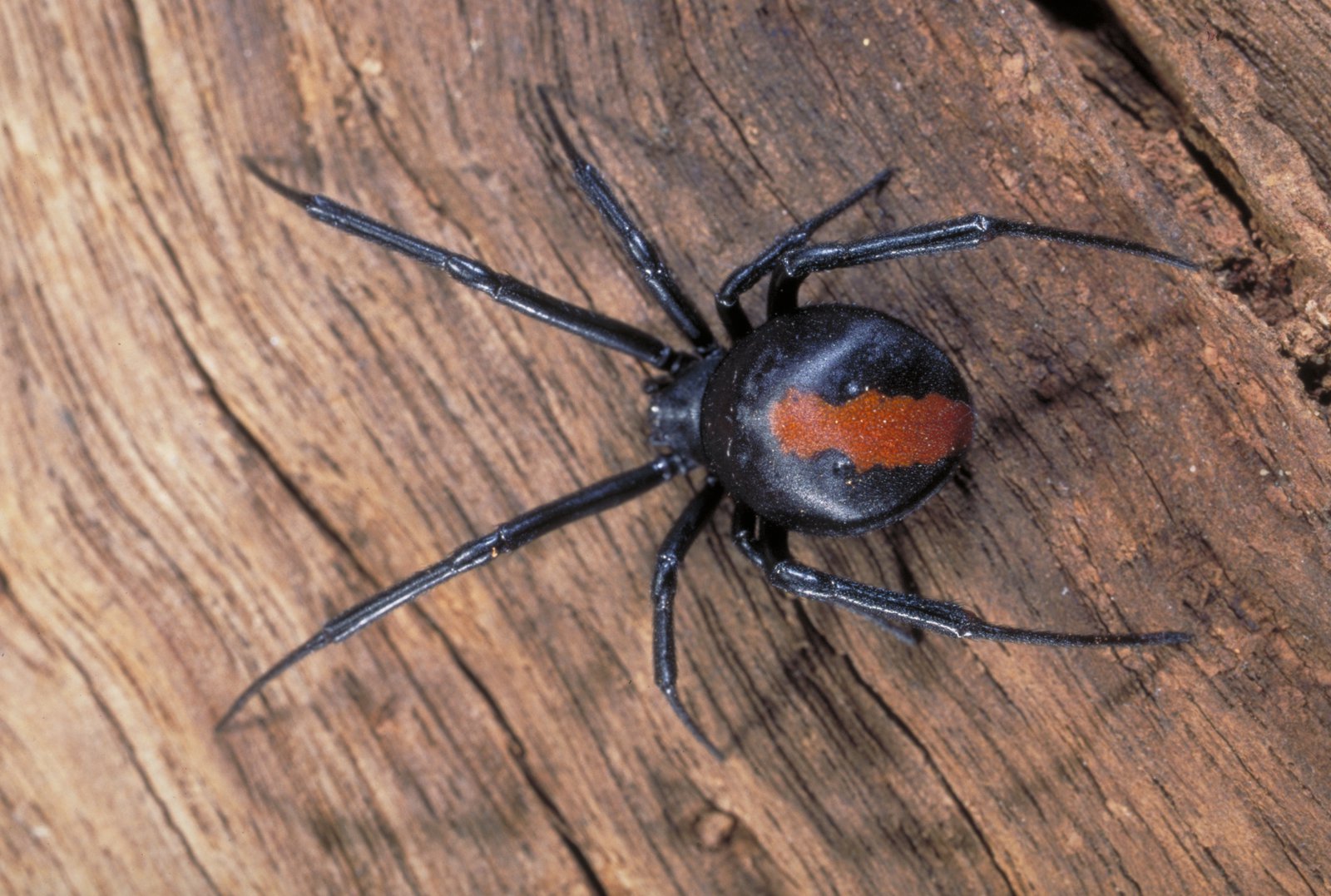
Get ready to be amazed by the Redback Spider, one of the Australian Outback’s most notorious residents. Known for its striking red stripe and venomous bite, this tiny arachnid packs quite a punch. Females are more dangerous than males, often found in dark, sheltered spots around homes. Despite their fearsome reputation, bites rarely result in fatalities due to effective antivenom. These spiders play a crucial role in controlling insect populations. Their fascinating yet fearsome presence adds another layer of intrigue to the diverse and wild ecosystem of the Australian Outback.
Read More About Redback Spider: 20 Intriguing Facts About Redback Spider
15
of 20
Bilby
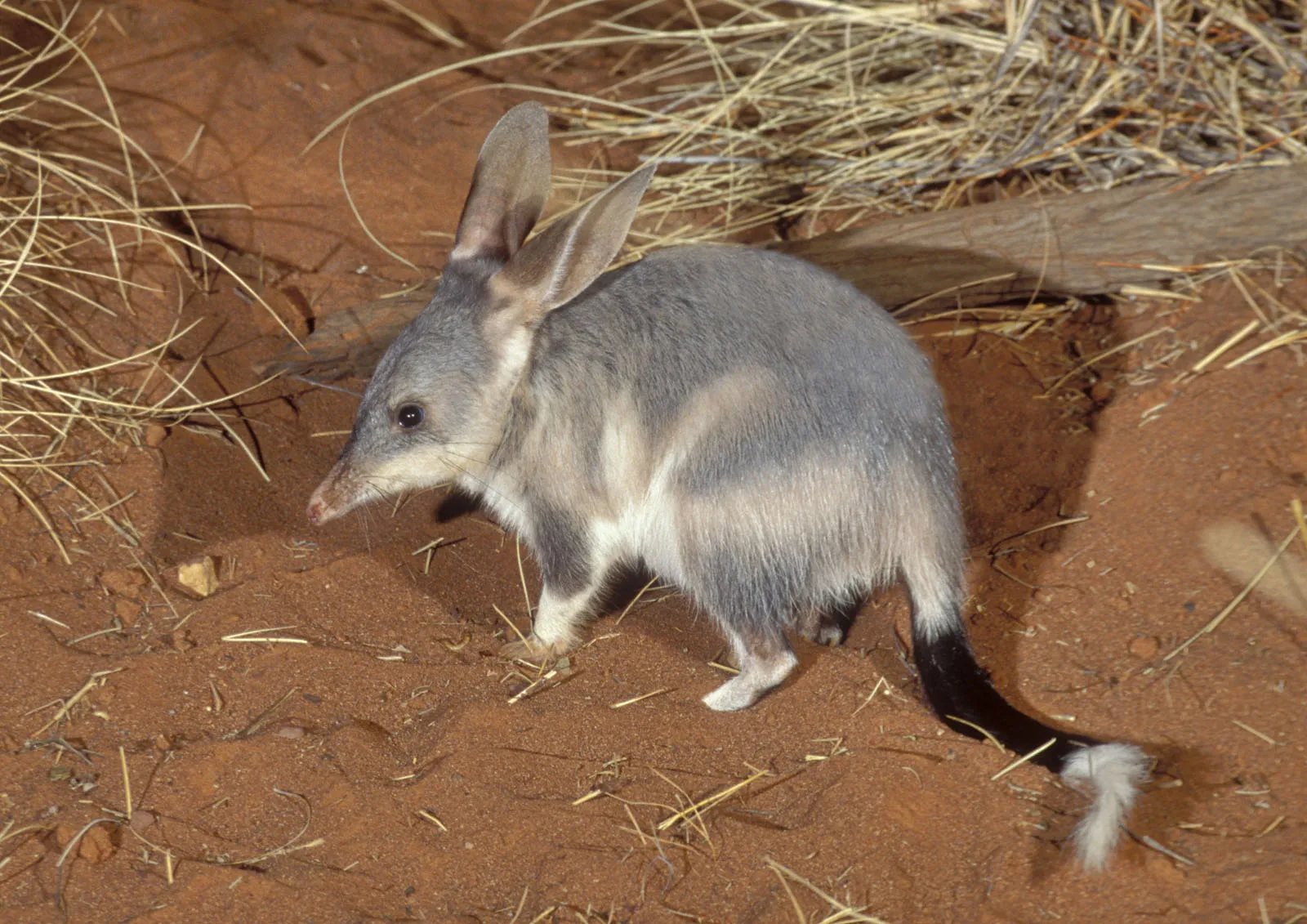
The bilby, a small marsupial with big ears, calls the Australian Outback home. Sporting soft, greyish-blue fur and a long, pointed snout, this critter is a nocturnal wonder. Burrowing in the ground to escape the intense heat, bilbies play a crucial role in the ecosystem by aiding in soil turnover and seed dispersal. Unfortunately, their population faces threats from predators and habitat loss, making conservation efforts vital. With their adorable appearance and essential ecological function, bilbies have become symbolic of conservation in Australia. Dive into their world to learn why they’re such a significant part of the Outback’s wildlife tapestry.
Read More About Bilby: 15 Facts About Bilby
16
of 20
Numbat

The numbat, a fascinating marsupial, is one of the unique inhabitants of the Australian Outback. Known for its striking reddish-brown coat with white stripes, this termite-loving animal is diurnal, making it a rare sight among its mostly nocturnal marsupial relatives. With a long sticky tongue perfect for slurping up termites, numbats consume up to 20,000 termites a day. These small creatures have exceptional digging skills, often seen foraging on the ground. Unfortunately, the numbat faces threats from habitat loss and predators, leading to its endangered status. Still, conservation efforts are in place to help protect and restore numbat populations.
Read More About Numbat: 14 Facts About Numbat
17
of 20
Quokka
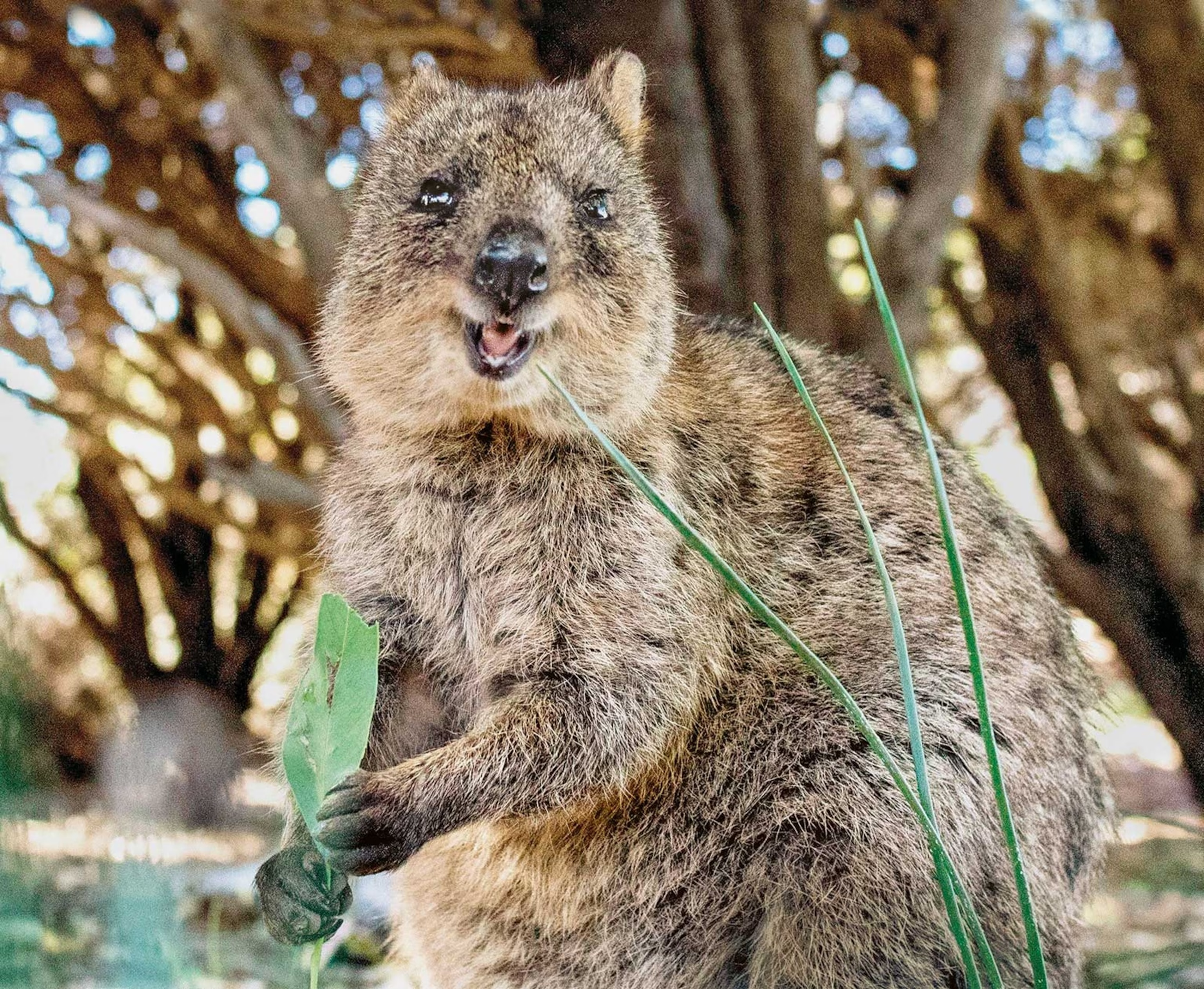
Quokkas, often dubbed the happiest animals on Earth, are small marsupials native to Australia. With their friendly smiles and curious nature, these adorable creatures have charmed visitors and nature enthusiasts alike. Quokkas inhabit islands like Rottnest near Perth, where they roam freely, munching on vegetation. Remarkably, they can survive long periods without water, thanks to their efficient digestion. Their nocturnal lifestyle and tendency to hop around make them fascinating to observe. Not only are they photogenic, but their approachable demeanor also means they often interact with humans, creating unforgettable encounters in the Australian Outback.
Read More About Quokka: 12 Facts About Quokka
18
of 20
Black-Headed Python
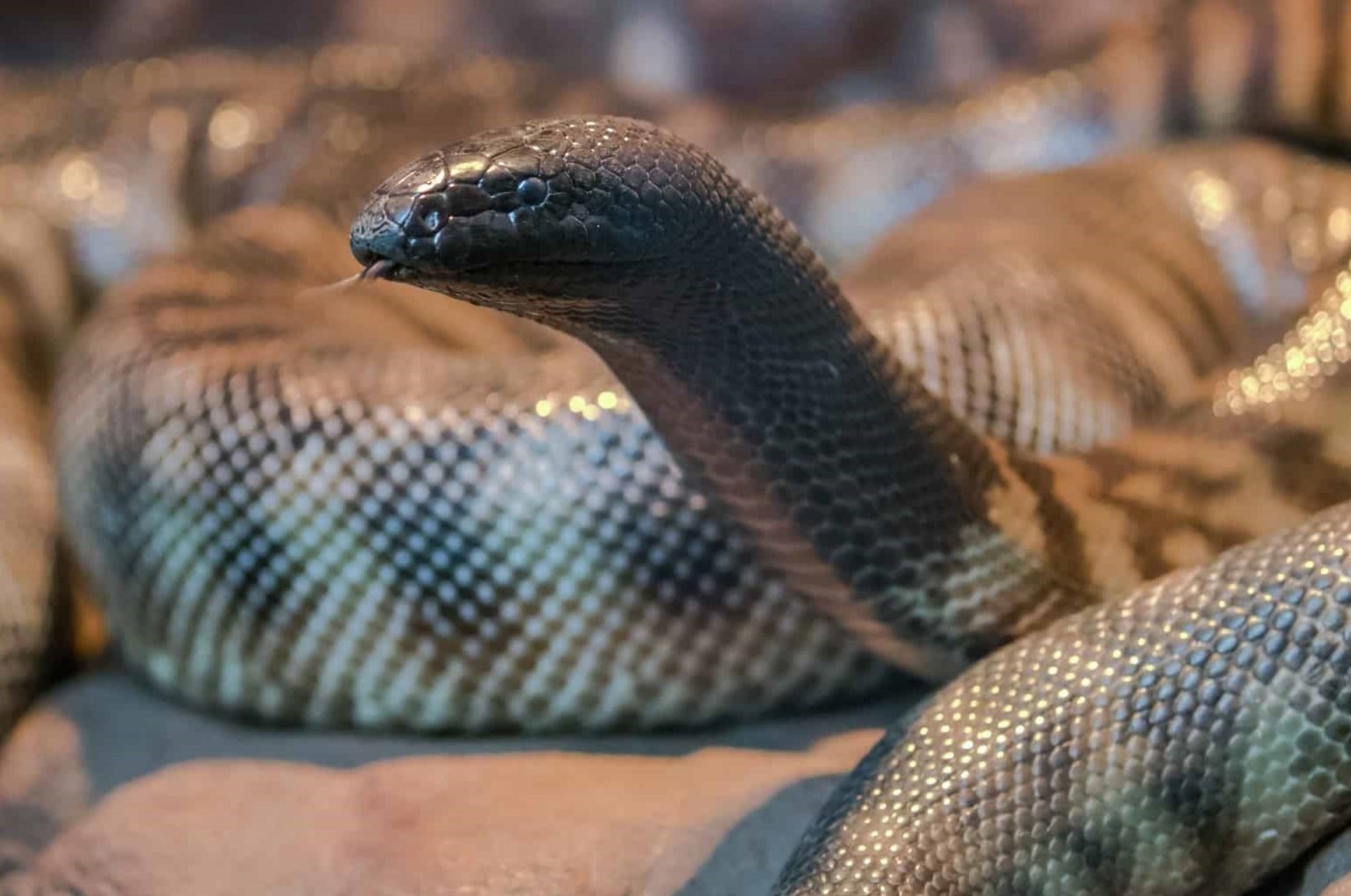
The Blackheaded Python, a fascinating serpent, inhabits the arid regions of the Australian Outback. Distinguished by its shiny black head, this non-venomous reptile uses its unique appearance to absorb heat from the sun. It primarily preys on reptiles, making it a vital part of the ecosystem. Despite its intimidating look, it’s quite shy and rarely poses a threat to humans. With a knack for burrowing, it hides during the day and becomes active at night. Its behavior and adaptations offer an intriguing glimpse into the survival strategies of Outback wildlife. Ready to meet this remarkable creature?
Read More About Black-Headed Python: 16 Astounding Facts About Black-headed Python
19
of 20
Mulga Snake
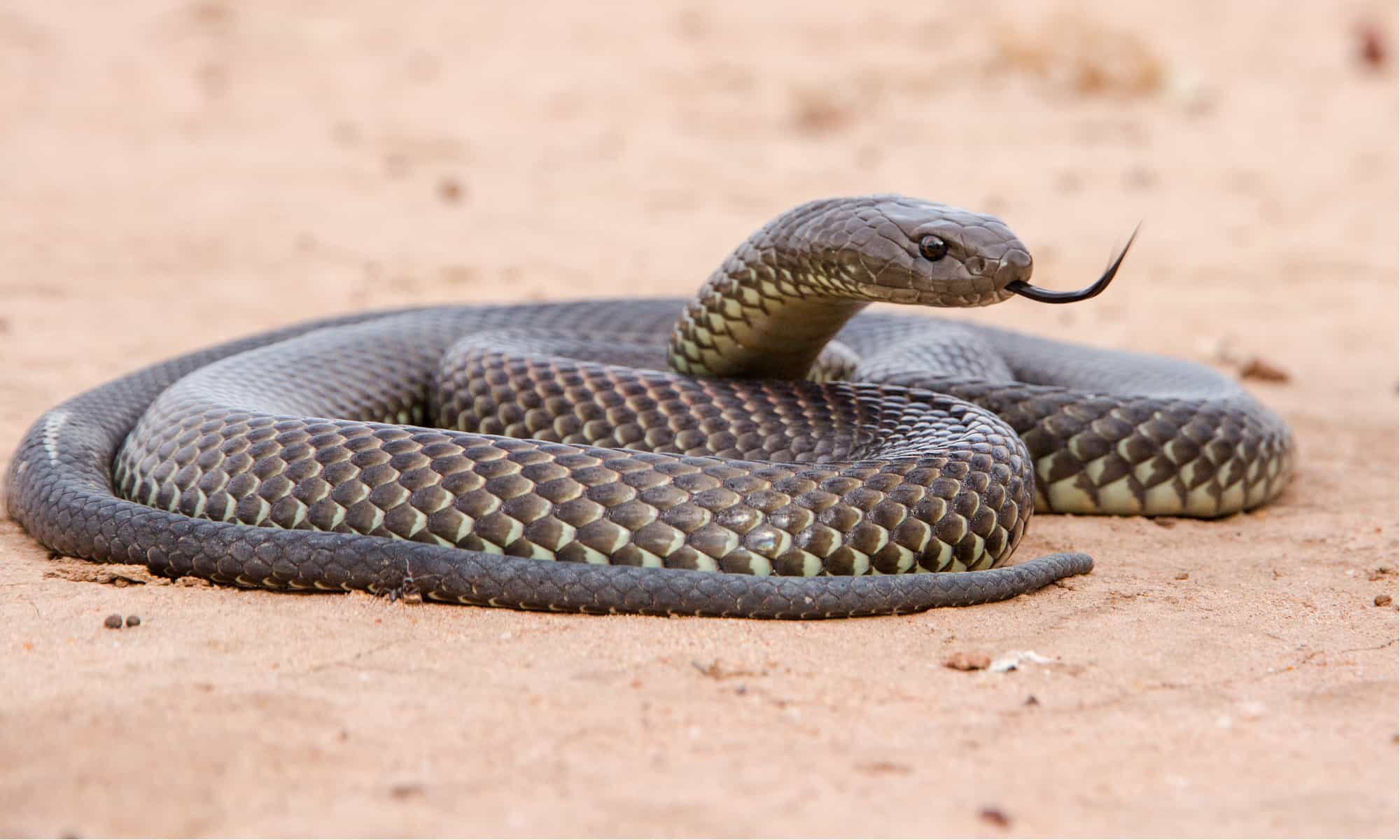
King brown snakes, also known as mulga snakes, are among the most intriguing reptiles in the Australian outback. These serpents are notorious for their potent venom and lengthy size, often reaching up to 3 meters. Despite their name, they aren’t true brown snakes but belong to the black snake family. Found in diverse habitats from woodlands to deserts, they showcase remarkable adaptability. Known for their resilience, they can survive long periods without food. Their diet includes small mammals, birds, and other reptiles. Recognized by their brownish coloration, they play a crucial role in controlling pest populations in their ecosystems.
Read More About Mulga Snake: 14 Fascinating Facts About King Brown Snake
20
of 20
Red Kangaroo

The red kangaroo, one of the iconic animals of the Australian Outback, captivates with its unique adaptations and vibrant appearance. Known for their powerful hind legs, these marsupials can leap impressive distances, making them exceptional hoppers in their arid habitat. With males showcasing a striking reddish-brown fur and females often appearing bluish-gray, red kangaroos exhibit sexual dimorphism. Frequently seen in mobs, these social creatures thrive in the harsh Outback environment. Their ability to conserve water and survive on sparse vegetation exemplifies their resilience. Get ready for an exciting glimpse into the world of these fascinating marsupials.
Read More About Red Kangaroo: 25 Best Facts About Red Kangaroos
Was this page helpful?
Our commitment to delivering trustworthy and engaging content is at the heart of what we do. Each fact on our site is contributed by real users like you, bringing a wealth of diverse insights and information. To ensure the highest standards of accuracy and reliability, our dedicated editors meticulously review each submission. This process guarantees that the facts we share are not only fascinating but also credible. Trust in our commitment to quality and authenticity as you explore and learn with us.
